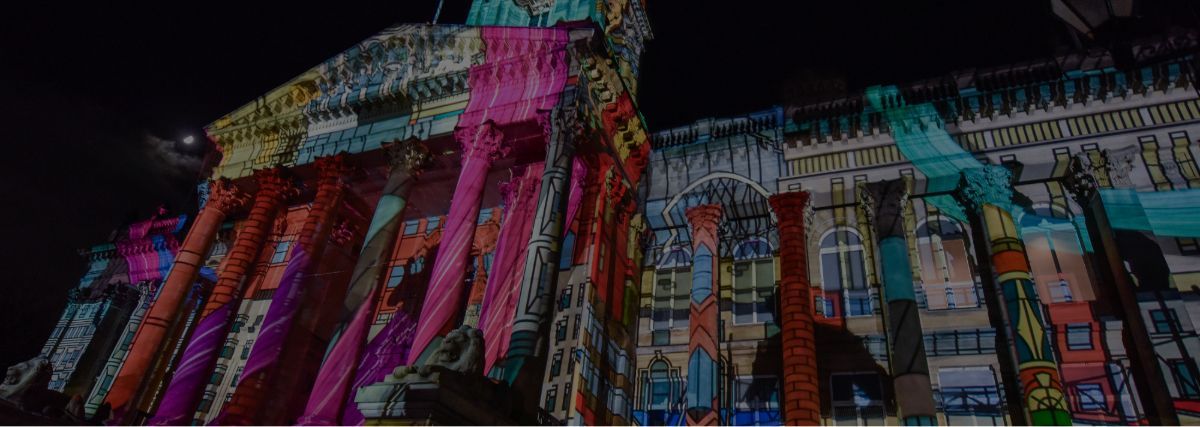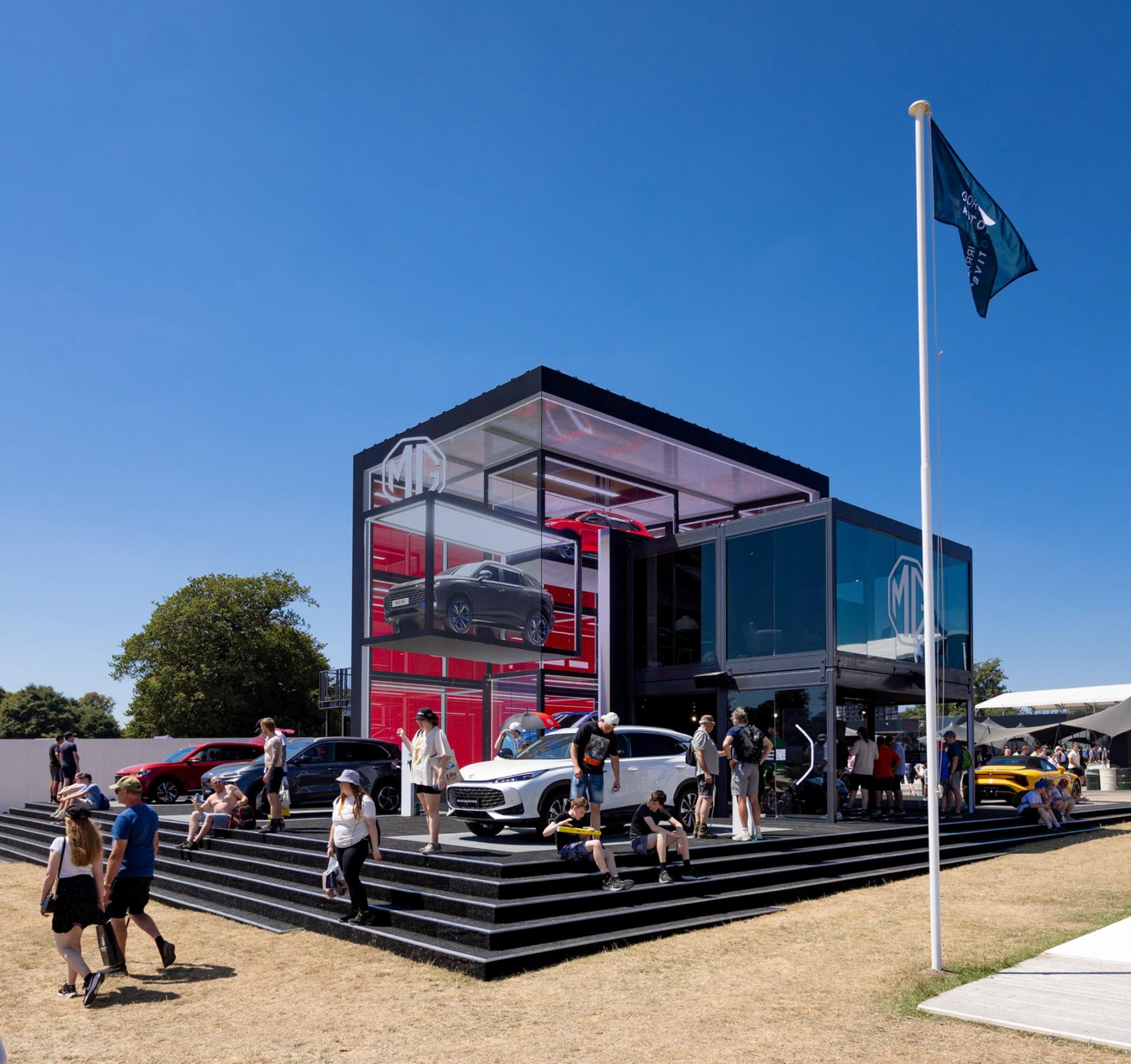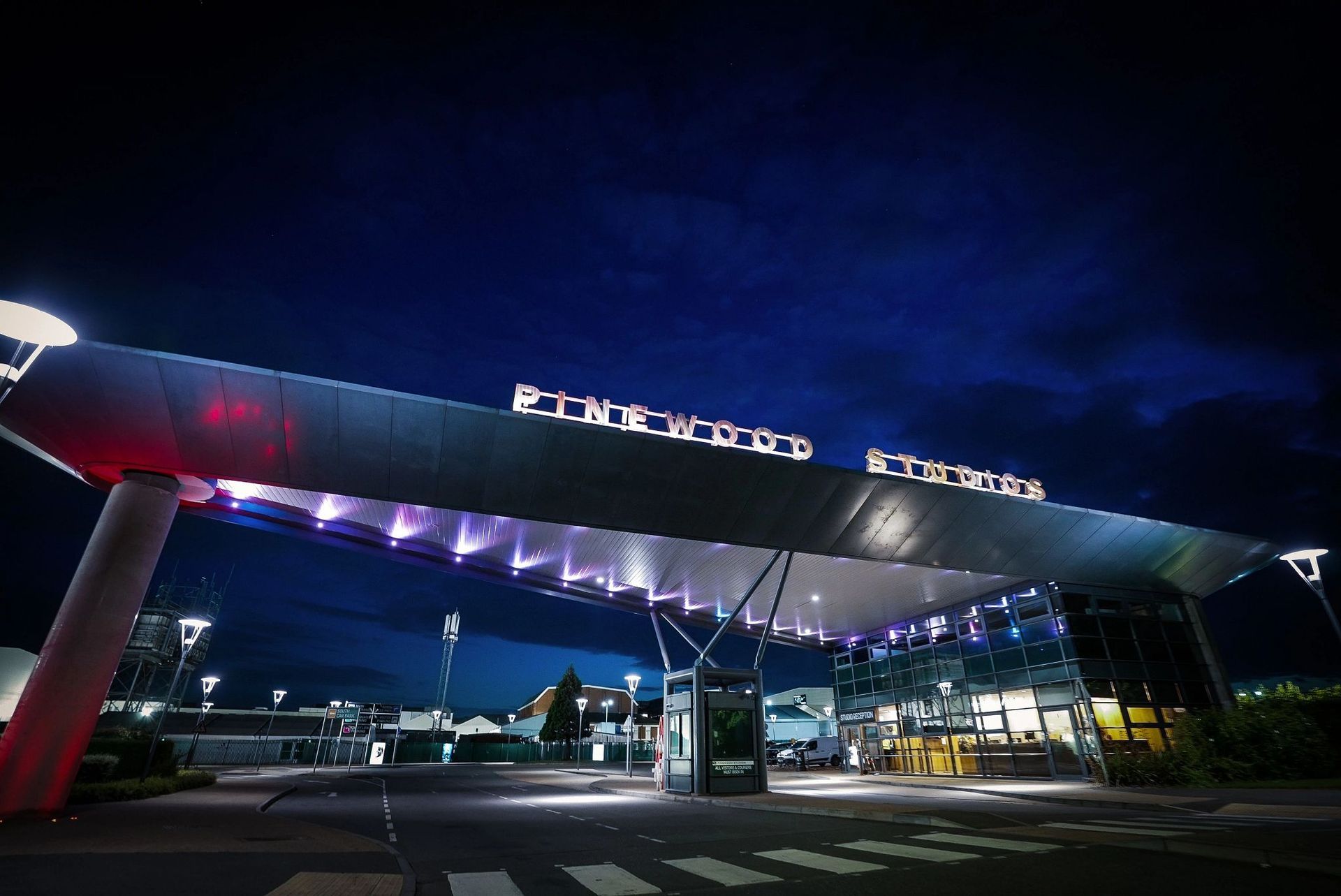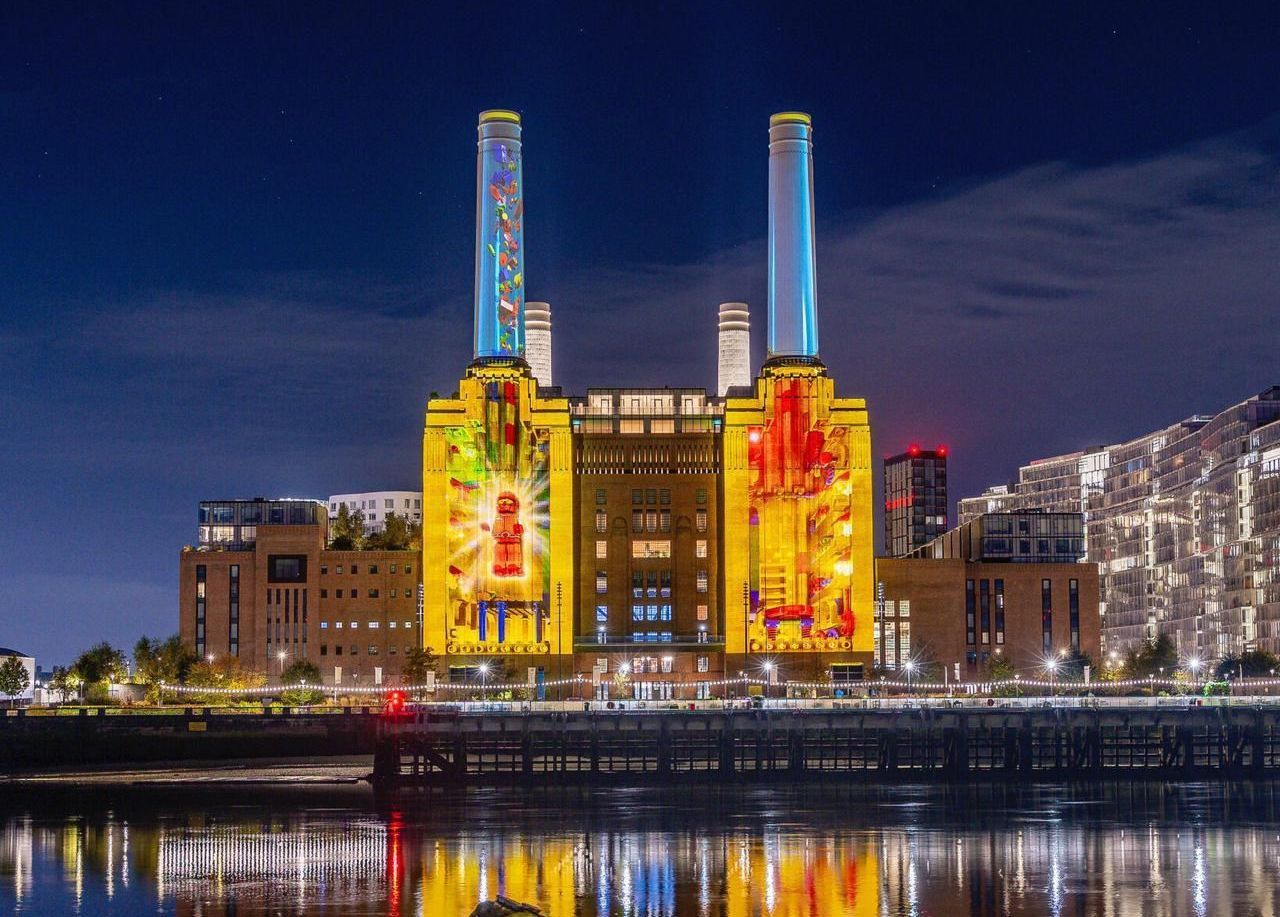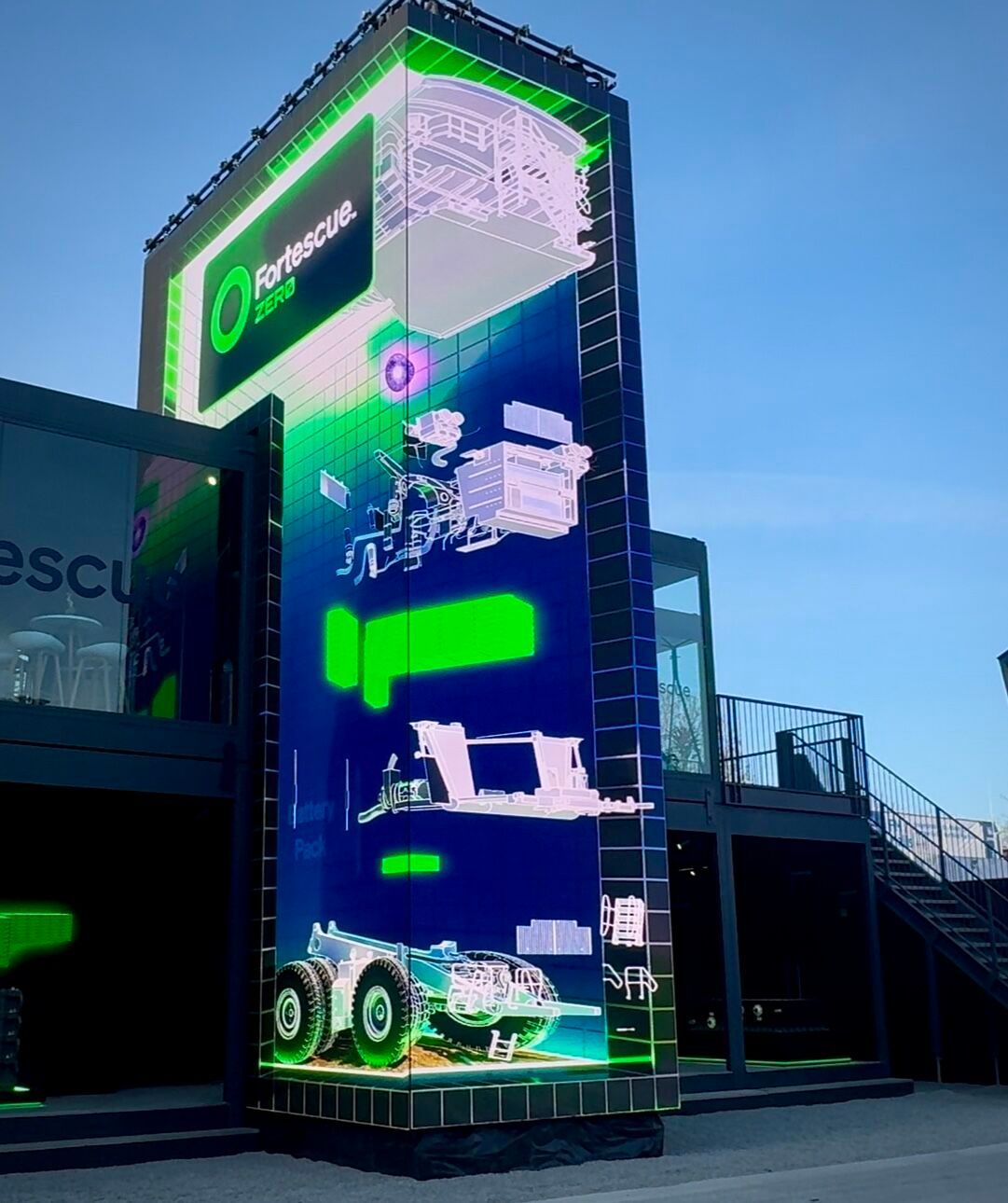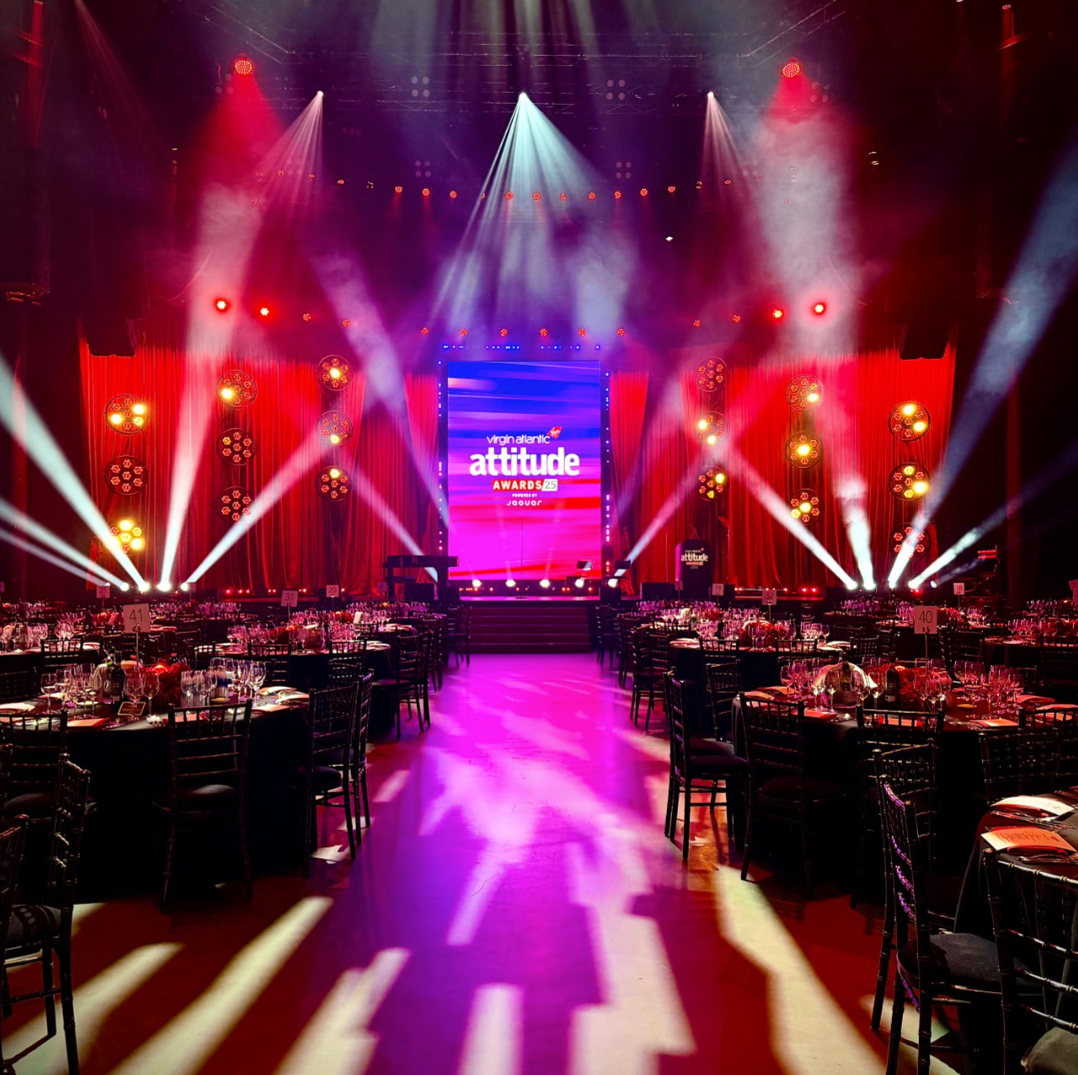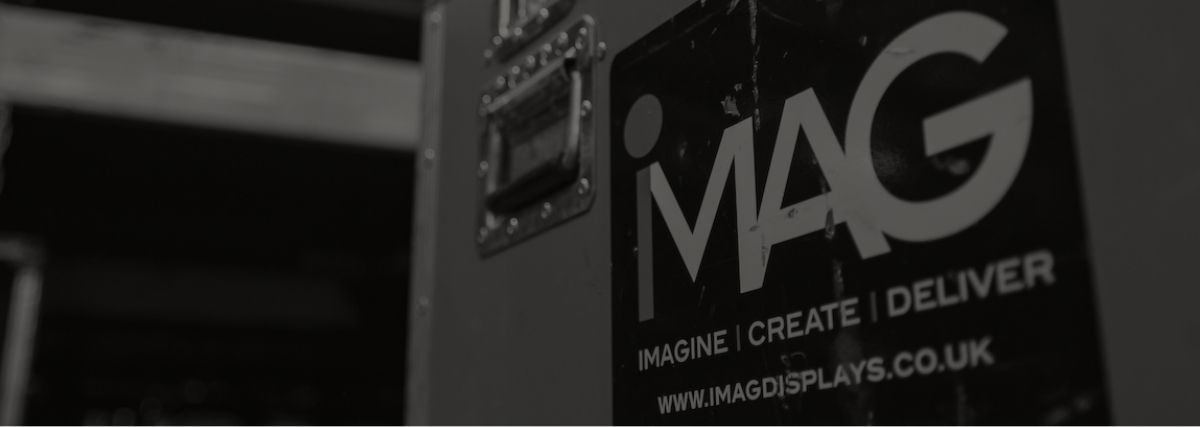To Green Screen or Not to Green Screen? That Is the Wrong Question.
In the world of filmmaking and content creation, it’s easy to get caught up in the debates: Is green screen outdated? Are LED volumes the only future? Will virtual production replace practical effects entirely? In this blog, iMAG’s Creative & Development Director Stephen Maddox explores why the smartest productions don’t choose between green screen or LED — they use both, blending tools to serve the story and deliver the best creative results.
Filmmakers and content creators today face no shortage of strong opinions:
“Green screen is dead.”
“LED is the only way forward.”
“Virtual production is replacing practical effects.”
But these conversations often miss the point.
Why It’s Not About Sides, It’s About Solutions
At iMAG, we believe it’s not about choosing sides, it’s about choosing the right tools for the story you’re telling. On one of our recent projects, we used our LED volume for 90% of the shoot. But for the remaining 10%, we dropped in a green screen section precisely where the camera was aimed, allowing the post team the flexibility to dial in later the content yet captured. The rest of the volume still played plate content in-camera to light the scene authentically.
On another project, we repurposed the LED wall to act as:
- A translite replacement for background depth,
- A green screen surface for keyed inserts, and
- A platform for in-camera VFX, all in one setup.
By doing so, we avoided hauling in a truckload of fabric, lighting rigs, or set paint.
In a third case, we simply built a green screen opposite the LED volume so the team could move seamlessly between both environments and maximise every shooting hour.
It’s Not One Size Fits All: Adapting to Actors, Crews, and Environments
Some actors dislike acting in an empty green box. Others get motion-sick in an LED volume with Ghost Frame or Frame Remapping. Some crews are experts at traditional compositing, while others thrive in Unreal Engine environments. These are not reasons to reject one technology over another. They’re reasons to plan smarter, and mix methods intentionally. Filmmaking isn’t about forcing every scene through the same process—it’s about staying agile, creative, and technically aware.
In The West Wing, President Bartlet once said, “The trick isn't picking the right lever… It's using all of them.” The same applies to production. It’s not a matter of green screen or LED or pick your production process. The best work comes when we approach each scene with a full toolkit and the wisdom to know which lever to pull. At iMAG, we see green screen, LED volumes, virtual environments, practical sets, and physical builds as complementary, not competing. Wouldn’t you want to go into your next project with a full toolbox instead of empty-handed?
Final Thought: Ask the Better Question
The real question isn’t, “Which tool is best?” (My favourite question from The Office, “Which bear is best?”) The better question: What does this story need? What does this moment demand? How do we bring it to life—visually, emotionally, and efficiently? When we stop picking sides and start picking solutions, the work gets better. And that’s what matters most.
Find out more about iMAG's virtual production solutions
here.
